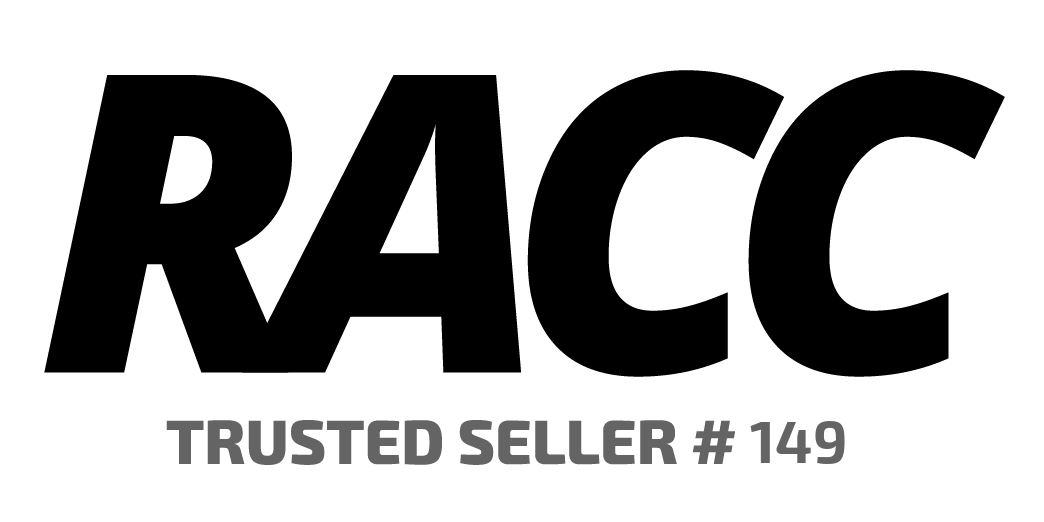Biblical "Widow's Mite" 135-37 BC Judaean Prutah of the Maccabean Kings (NGC Certified)
Authentic Ancient Coin
- Lot number 2491120
- Total views 8
- Total bids 8
- Winning bid $52.50
- Buyer's premium $8.93
- Total $61.42
- DAILY NO RESERVE
Very rare authentic bronze Mite coin. The coin has been authenticated and encapsulated by NGC (Numismatic Guaranty Corporation).
Ruler: Maccabean Kings
Date: 135-37 B.C. - Over 2,000 Years Old
Era: Biblical
Denomination / Variety: AE (Bronze) Prutah
The name Maccabee was a title of honour given to Judas, a son of Mattathias and the hero of the Jewish wars of independence, 168–164 BCE. Later, the name the Maccabees was extended to include his whole family, specifically Mattathias (his father) and Judas’ four brothers—John, Simon, Eleazar, and Jonathan. Its use was also extended to John Hyrcanus, Simon’s son, who was next in succession.
This coin is not a replica, but an actual bronze coin, certified genuine, minted in the Holy Land over 2,000 years ago, during the reign of the Maccabean Kings in the century preceding the birth of Jesus.
Twice in the Bible Jesus is quoted telling the story of the poor widow who gave all she had which was just two mites. These coins are identical to the coins she would have given, known to collectors for hundreds of years as "Widow's Mites."
Mark 12:41 and Luke 21:1 each tell the story of Jesus sitting over the treasury observing the people casting in their offerings. He was not impressed by the large gifts given out of the abundance by the wealthy and comfortable, but only by the gift given out of poverty by the poor widow. Instead of asking for money--she gave all she had to live on.
Although these coins are common to view in museums, it is a rare opportunity to hold an object of this age and importance in your hands. These coins circulated for very long periods of time and therefore became worn and smooth. Due to a discovery of an ancient hoard a limited number of coins of this superb level of preservation are available.
Judean coins were made by striking long, thin strips of blank metal between two dies. The first coin on the strip was then placed between the two striking dies and hit with a hammer. The strip was then quickly pulled until the next coin was in place and the process was repeated. When the strip was completed the coins were cut apart. This crude method of manufacture resulted in coins that were most often struck off center.
Due to the uniqueness of each item, please refer to the photos provided in this auction. We offer high resolution images of each item rather than a written description of condition.
This item is being shipped from the Pristine Auction warehouse.



















